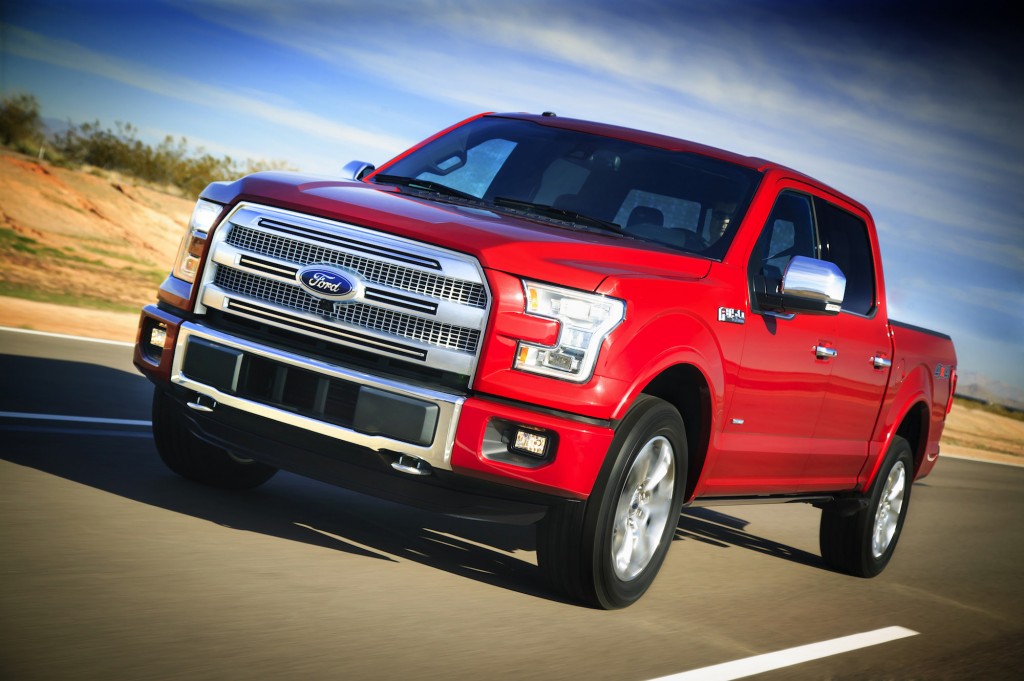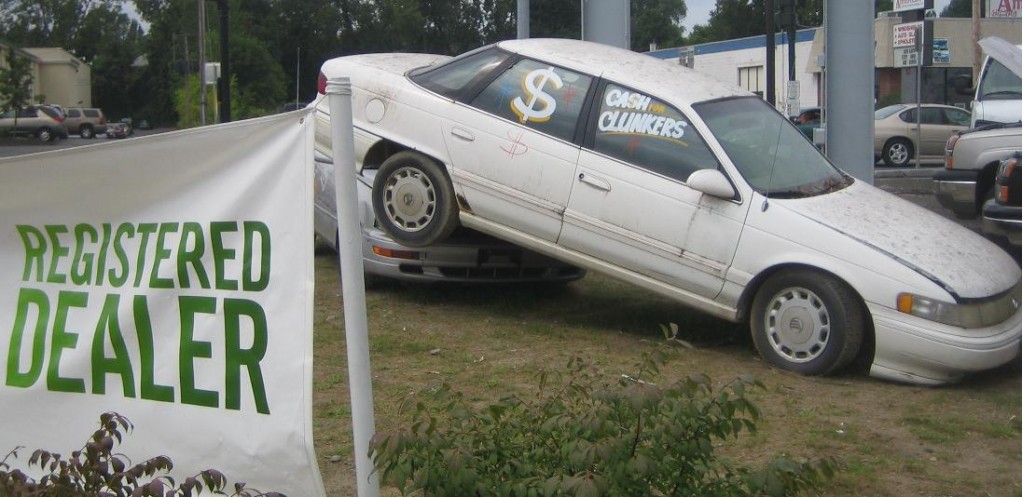Whether you call them fuel-economy standards or carbon-emission limits, new vehicles sold in North America, Europe, China, and elsewhere are subject to regulations that will require them to get more energy-efficient.
Now, another country is discussing new regulations that would require both new and imported used vehicles to meet minimum gas mileage standards.
That country is the Kingdom of Saudi Arabia.

2015 Ford F-150
Energy use exceeds growth
The reason for the proposed rules is simple: Energy demand in the kingdom has risen steadily by 4 to 5 percent a year due to economic growth, but the increase in energy use is exceeding the growth rate of the economy.
The Saudi Energy Efficiency Center (SEEC) was established in 2010 to coordinate and consolidate efforts between government and industry to rationalize energy use and boost efficiency.
Out of that work came the 2012 Saudi Energy Efficiency Program, which included initiatives applying to industry, buildings, and transportation--which together represent more than 90 percent of total energy use in the kingdom.
DON'T MISS: 2014 BMW i3: What A Tesla Driver Thinks Of New Electric BMW
In a briefing on the program presented in the May 2014 issue of Oxford Energy Forum (page 4), Prince Abdulaziz Bin Salman Al-Saud offered more details of the program, and its provisions for improving the fuel economy of road vehicles.
Fleet MPG rules
On the transportation front, the program focuses on light-duty vehicles (passenger cars and light trucks), with two main thrusts: improve new-vehicle efficiency and cut fuel consumption by the entire fleet.
ALSO SEE: Saudi Arabia Uses Your Gas Dollars To Fund...Solar Energy
Starting next month, a fuel-economy label will be required on all new vehicles offered for sale.

2015 Cadillac Escalade
The mix of vehicles sold in Saudi Arabia is similar to that of the U.S., with a significant proportion of full-size pickup trucks and sport-utility vehicles.
Starting in the second half of next year or early in 2016, the draft regulations will require all new vehicles sold to comply with new fleet-average fuel-economy regulations.
The proposed levels for 2020 don't raise efficiency as high as North American or European standards: The fleet-average target for that year is 12 kilometers per liter, or roughly 28.2 miles per gallon.
The North American fleet average for 2020 is 40 mpg--or in the low 30s on the fuel-economy window stickers. China is higher, at 49.4 mpg, and the European carbon restriction translates to the highest level, 61 mpg.
Cash for clunkers?
Saudi regulators are also assessing the potential of financial incentives to vehicle owners to replace older, inefficient vehicles with newer, more fuel-efficient ones--similar to the 2009 "Cash for Clunkers" program in the U.S.

Cash for Clunkers banner with Mercury Sable, Albany, New York
The program is also collaborating with various agencies to set up temporary mass-transit solutions in the period before a number of planned large public-transportation projects open for passengers.
As for heavy-duty vehicles, the regulators are assessing the impact of various initiatives for cutting their fuel use as well. Those include aerodynamic add-ons, regulations against idling, and incentive programs to retire the oldest and least-efficient heavy-duty vehicles as well.
Gas price untouched
It's worth noting, however, that the efficiency program has no plans to raise the cost of vehicle fuel in the kingdom. One gallon of gasoline costs roughly 45 U.S. cents in Saudi Arabia today.
In that respect, the Saudi approach is similar to that of the United States, in which the burden is placed on automakers to boost efficiency while fuel remains (by world terms) relatively cheap.
European and Asian regulators, on the other hand, have levied significant taxes on both gasoline and diesel fuel to incentivize consumers to select more efficient vehicles.
The draft standard for the new Saudi vehicle-efficiency regulations, first published last year, can be viewed online.
_______________________________________________













